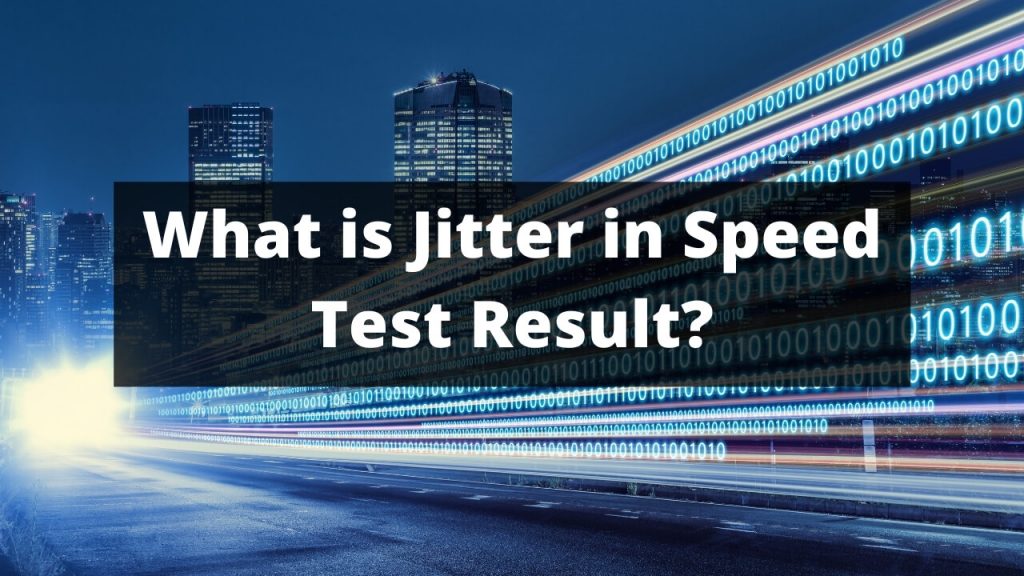Speed test results can be confusing for many of us. It’s important to understand what all numbers mean, Mainly when it comes to jitter. Jitter is a measure of network latency or the lag time between sending and receiving data over a network connection, and it can affect your overall internet performance. In this article, we will provide an introduction to jitter and explain how it affects your speed test result.
Jitter, in the context of a speed test result, refers to the variability of the ping time between your device and a server. It is typically measured in milliseconds (ms).
Jitter is often confused with latency, but they are not the same. Latency is the time it takes for the data to be transferred, while Jitter is the time it takes for that data to be received.

What is Jitter in Speedtest?
Jitter is a term used in speed testing that refers to the variability in the time it takes for data packets to travel between your device and a server. Essentially, it measures the consistency of the connection between your device and the server.
A jitter value is the actual amount of time between packets travel through the internet, and it is measured in milliseconds (ms). As you may know, packets are the bits of data that make up your internet connection. If your internet connection is “jittery,” then packets are not arriving at their destination at the same time. Most home internet connections run at around 12-20ms jitter. For example, my SpeedTest shows an 18ms jitter from Ookla, which is more than enough to perform high-speed data-consuming tasks.
After you’ve used a speed test for a while, you’ll notice that graphs and charts get increasingly cluttered as you see repeated spikes in your ping and jitter scores. If these numbers continue to escalate, you’ll begin to question what is causing them and get the answer by conducting a speed test. Scroll below and find the solution for it.
How to Check Jitter in ms?
If you want to measure the jitter data of your internet connection then you should use the below tool that will help you to find the exact jitter speed.
- Firstly come to this tool page
- You need to click on the GO button below
- It’ll start calculating your download speed, ping, latency, upload speed and jitter, of course.
- So, within 15-20 seconds, you’re able to see analytics side by side.
Here is the jitter check tool:
What is the Average ping and jitter speed for a high-speed internet connection?
The average ping is around 50-1000 ms, and most are acceptable, and the Jitter should be below 30 ms. But if you have a very high ping & jitter both, it can be an issue. In many cases, a high ping can be a problem, and in some cases, it is a problem with your jitter delay that cannot easily be fixed for that you need to contact your internet service provider and show them your internet speed test result for proof.
Difference between ping and jitter:
Here is a very simple but useful explanation of the difference between ping and jitter. It’s like jitter means the deviation in ping or packet loss in a network connection. Ping is a method of measuring connection quality, error, or latency. Jitter is the deviation in the ping response time value.
Conclusion
I hope you understand all about Jitter. Now, As you know jitter is an important parameter to consider when performing a speed test. It affects the stability and quality of the connection, making it necessary to be aware of it for a satisfactory user experience. It can be caused by many factors ranging from hardware to software.